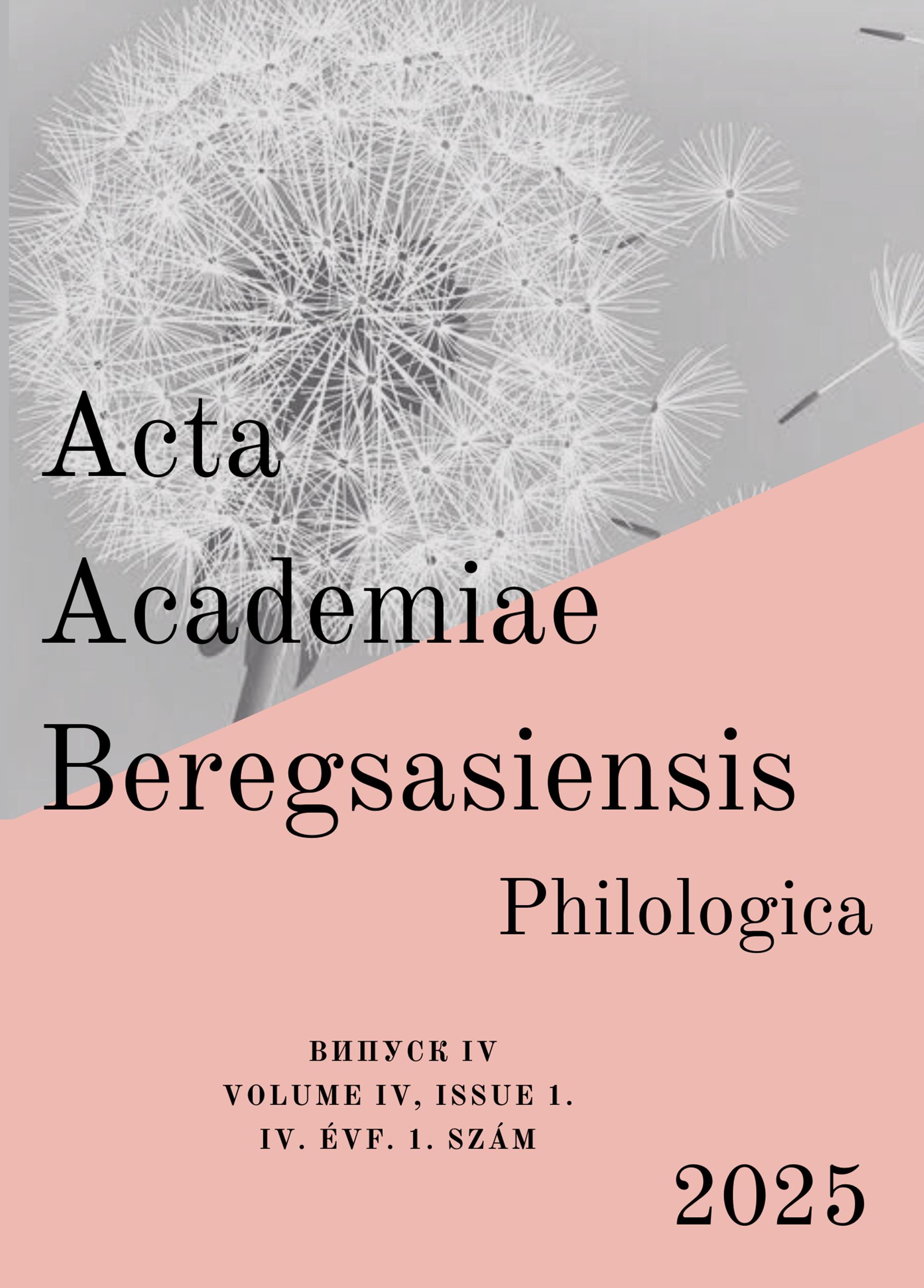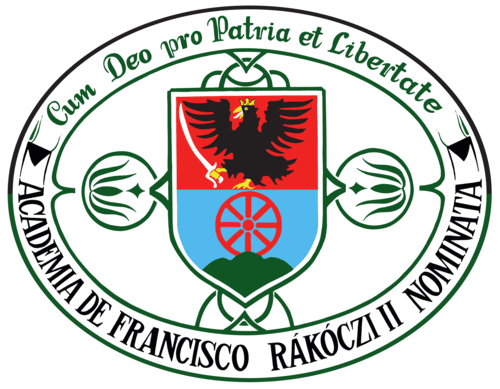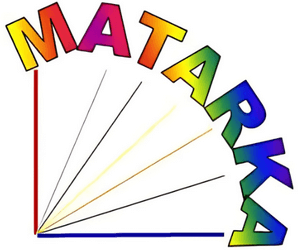The phenomenon of food in wartime (based on the novel "The Kitchen Front" by J. Ryan)
DOI:
https://doi.org/10.58423/2786-6726/2025-1-141-151Keywords:
phenomenon, food, functions, war, aesthetics, frontAbstract
The article discusses the special functions of food. The artistic interpretation of food in J. Ryan’s novel The Kitchen Front is examined. It is noted that food during World War II became a defining marker of human relationships, virtues, and flaws. The author’s focus is on the life of Britons in 1942. The novel presents the culinary practices of Italian, English and American cuisines. It is highlighted that food in the novel performs the following functions: unifying, cognitive, character-building, and aesthetic. The importance of the phenomenon of food in wartime lies in its ability to reveal important traits of human character, such as restraint and prudence, as well as in shaping the individual’s food culture.
Thrift and ingenuity are some of the defining traits of the main heroines of the novel, who are united by their love of cooking during the war. It is noted that the culinary recipe, as a narrative element, pays an important compositional function in the development of the plot. J. Ryan made full use of the properties of the culinary recipe – its influence and impact on the sensory sphere of the recipient. The activation of modes is primarily ensured at the lexical level of the text, with the dominant categories being the object and its meaning. The most notable modalities are taste and visual perception.
The author artistically conceptualized and described all the culinary operations that the main female characters undertook in order to prepare nourishing meals using ingredients available during the war.
The text of the novel serves as a powerful source of knowledge about the Other through the preparation, tasting, and serving of dishes, as the process of cooking meals from different nations reveals the subtleties and specificities of the culinary preferences of representatives of various cultures. In this way, food fulfils a cultural function.
It was found that by artistically presenting various recipes and culinary practices of preparing dishes during wartime, J. Ryan created a gallery of female psychotypes. The fates and characters of the women in the novel are unique, distinctive, and complex, but they are all united by a love of gastronomy. The author succeeds in revealing the best traits of the main characters, brought together and tested by the hardships of war.
References
Kovalchuk, Zoriana 2019. Psykholohichni aspekty porushennia kharchovoi povedinky u zhinok [Psychological aspects of eating disorders in women]. Insait: psykholohichni vymiry suspilstva 2: s. 91–99. (In Ukrainian)
Kovpik, Svitlana 2021. Poetyka hustatyviv komparatyvnyi aspekt: monohrafiia [Poetics of Gustatives in a Comparative Aspect: Monograph]. Kryvyi Rih: KDPU. (In Ukrainian)
Ryan, Jennifer 2024. Kukhonnyi front [The Kitchen Front]. Kyiv: Knyholav. (In Ukrainian)
Downloads
Published
Issue
Section
License
Authors retain copyright and grant the journal the right of first publication. The work is simultaneously licensed under a Creative Commons Attribution 4.0 International License (CC BY 4.0), which permits others to share the work with appropriate credit given to the author(s) and the initial publication in this journal.













